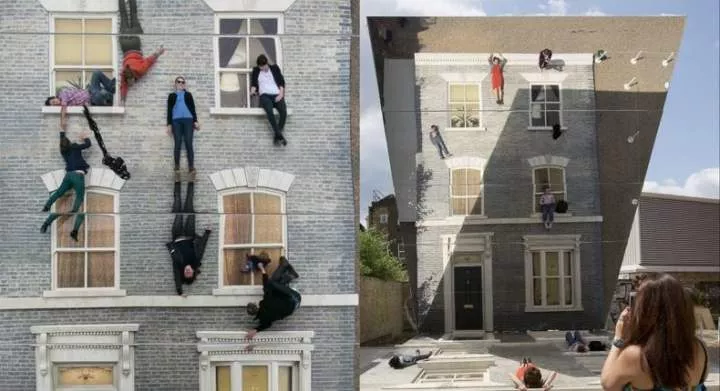
Many optical illusions have gone viral, dividing the internet and stumping everyone online. Some "buildings" are actually works of art meant to trick your eyes. Others are actual buildings that look like works of art.
Their building designs can trick you into seeing two-dimensional paintings as three-dimensional objects, make skyscrapers seemingly disappear into thin air, and hide apartment units inside giant cubes.
Here are 10 buildings from around the world that will leave you questioning what's real and what's an optical illusion.
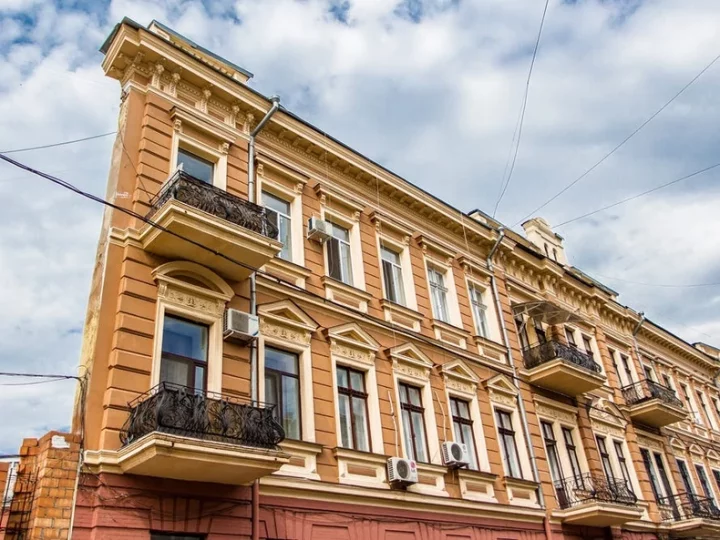
This house looks like it only has one, very thin wall. A popular tourist destination in Odessa, Ukraine, this so-called "Flat House" is also known as the "Devil's House" or the "Witch House," according to Discover Ukraine.In real life, it just looks like a regular row of apartments. But from certain angles, the side of the building seems to disappear, creating a mind-boggling visual trick.According to Discover Ukraine, the building has no back wall, and its side walls are at an angle, ultimately creating a triangular building and the effect of a flat building, if you're viewing it from this angle.
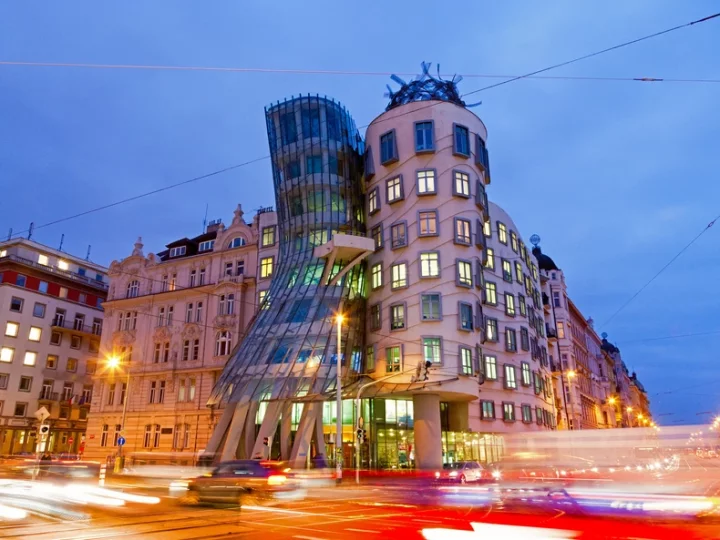
This building hasn't been smushed or destroyed. Famed Croatian-Czech architect Vlado Miluni collaborated with Canadian-American architect Frank Gehry to design this famous building in Prague, Czech Republic, MasterClass reported.Known as the "Dancing House," the two buildings represent two iconic dancers, Fred Astaire and Ginger Rogers.
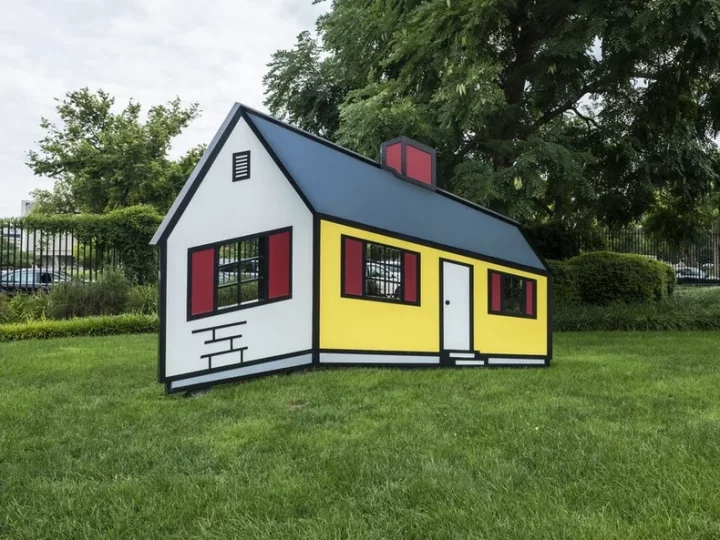
Is this house bending toward or away from you? Or is it just a cartoon? Designed by iconic pop artist Roy Lichtenstein, "House I" is a painted aluminum structure located at the National Gallery of Art's Sculpture Garden in Washington, DC. When you see it in real life, from certain angles, the house appears to both project toward and recede away from you, as can be seen in a YouTube video of the artwork. Viewed from the side, you can see that the sculpture is not three-dimensional at all but rather consists of two thick two-dimensional panes bent slightly toward each other. The roof of the house, another thick pane, is also bent a smidge downward.
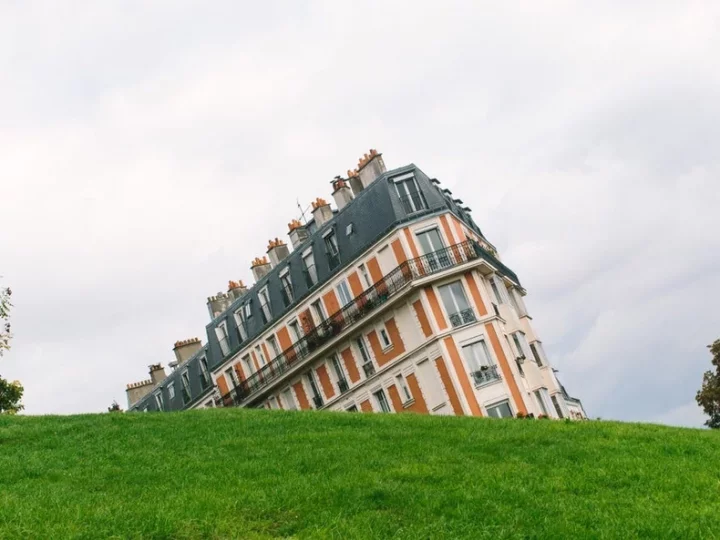
Don't worry, this house isn't actually sinking. Located in Paris, France, this building sits behind a grassy bank near the Sacr-Cur Basilica at the summit of Montmartre.
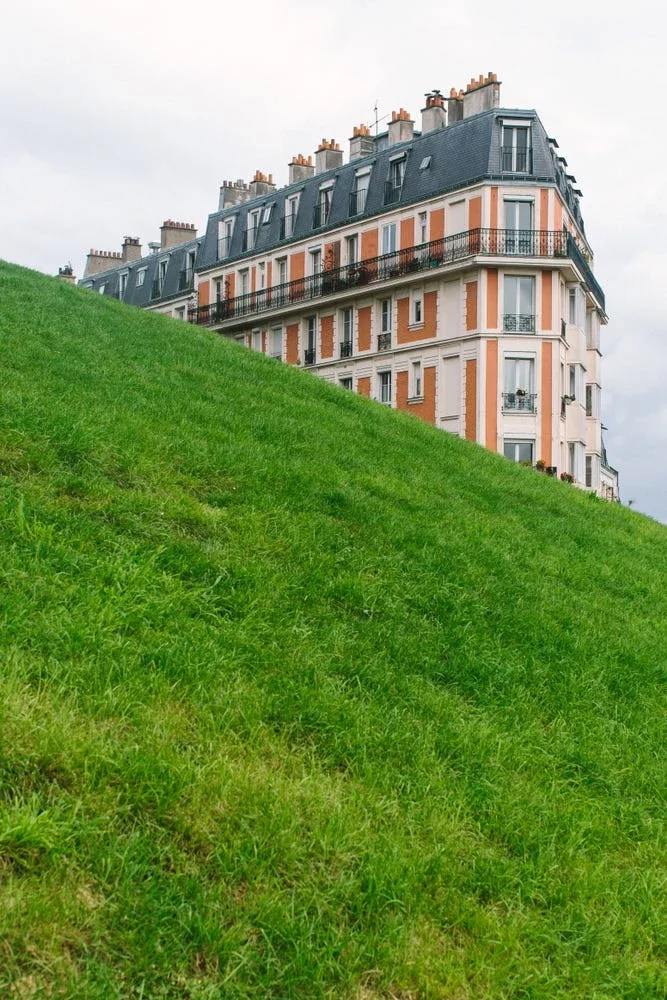
Here's what it actually looks like.According to travel bloggers Brenna Holeman, of This Battered Suitcase, and Sophie Nadeau, of SoloSophie, you can find this orange building while climbing the steps to get to the Sacr-Cur. Since you're scaling a hill, when you take a photo of this building, it will be partially covered by the grassy bank at a 45-degree angle.To create the illusion that the house is "sinking," simply rotate your camera until it's parallel with the bank - the ground will appear flat instead of at an angle. You can also take a normal photo and edit it later for the same effect.
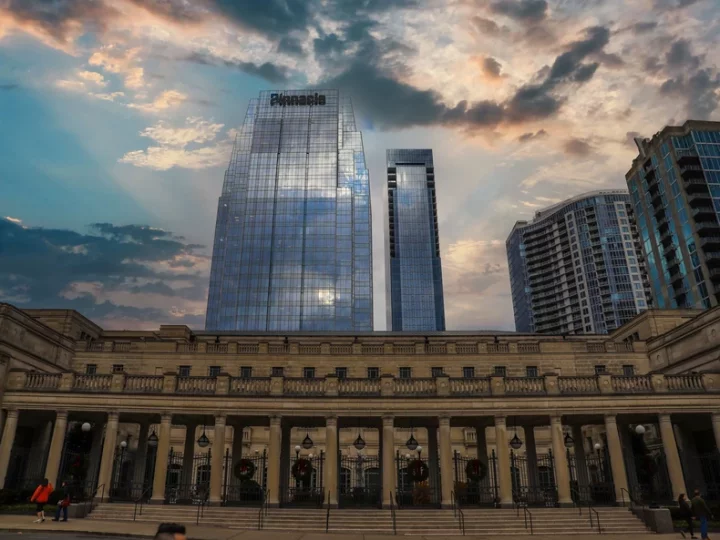
When conditions are just right, this building becomes almost invisible against the sky.Designed by Pickard Chilton and Everton Oglesby Architects, the Pinnacle at Symphony Place stands out in downtown Nashville's skyline. The building, constructed of stone, metal, and glass, becomes an optical illusion in certain conditions, when its sleek, mirrored facade seems to disappear into the sky.
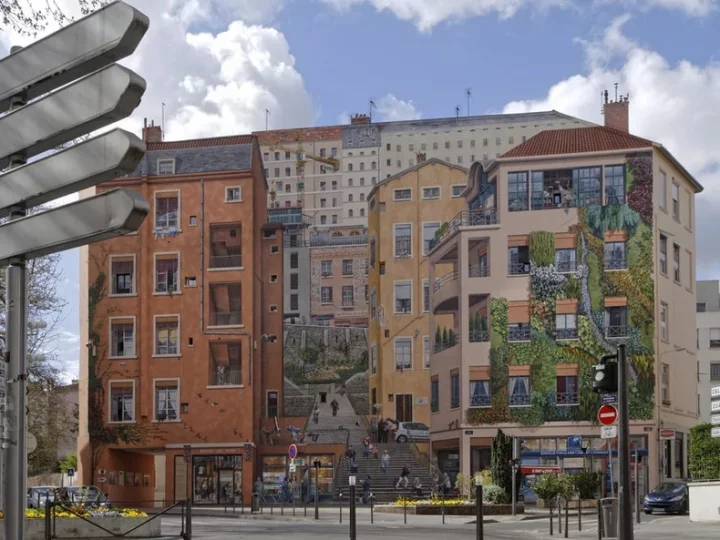
This cluster of apartments isn't what it seems.Designed by the French artist collective CitCration, according to Atlas Obscura, these buildings are actually a giant mural painted on a completely flat wall.The famous "Le Mur des Canuts" or "Fresque des Canuts" in Lyon, France, is one of Europe's most well-known examples of a "trompe l'oeil" - a visual illusion in art that tricks the eye into perceiving a painted two-dimensional image as a three-dimensional object.
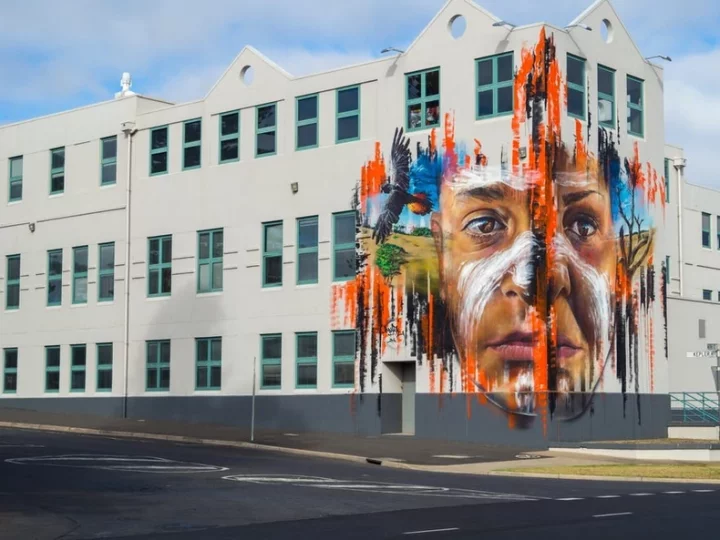
From a certain angle, this face appears to project away from the building toward you.Painted by famed artist Adnate, this trompe l'oeil can be found on the corner of Merri and Kepler Street in Warrnambool, Victoria, Australia.The Ngatanwarr (Welcome) Mural, which was unveiled in 2015, was created as a way to represent the region's indigenous culture and Aboriginal heritage, The Warrnambool Standard reported.In an effort to "preserve the past and embrace tomorrow," the mural incorporates details representing significant cultural sites and narratives of the Gunditjmara and Great South Coast region, according to Warrnambool Street Art, an initiative launched by Warrnambool City Council.
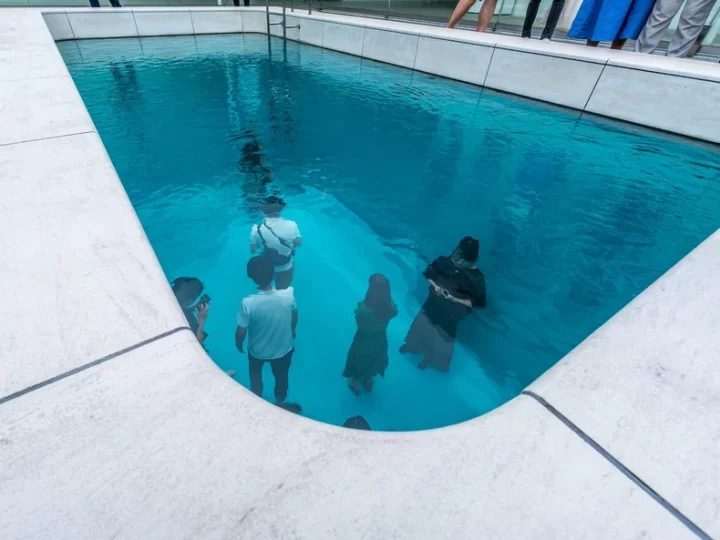
At first glance, you might think these people are standing at the bottom of an inground swimming pool. However, it's not quite as it seems.
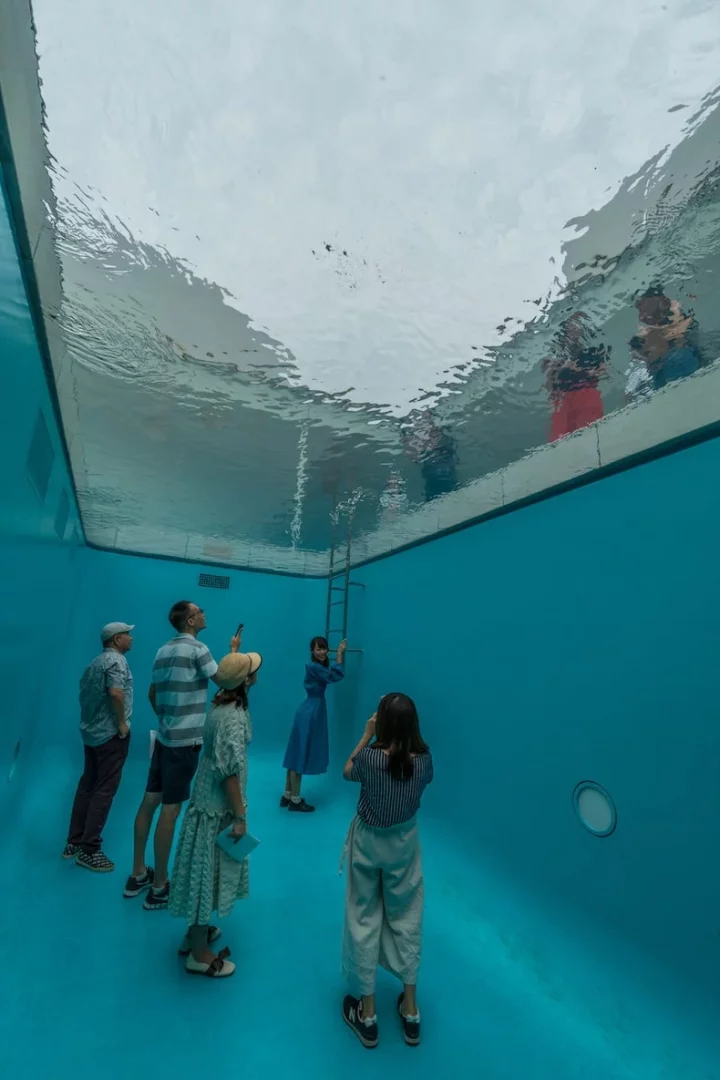
They are actually viewing an art installation.The piece, titled "The Swimming Pool," was an art installation designed by Leandro Erlich that features a sheet of glass that creates the illusion of people inside the pool being underwater.It was shown at the 21st Century Museum of Contemporary Art in Kanazawa, Japan, in August 2018.
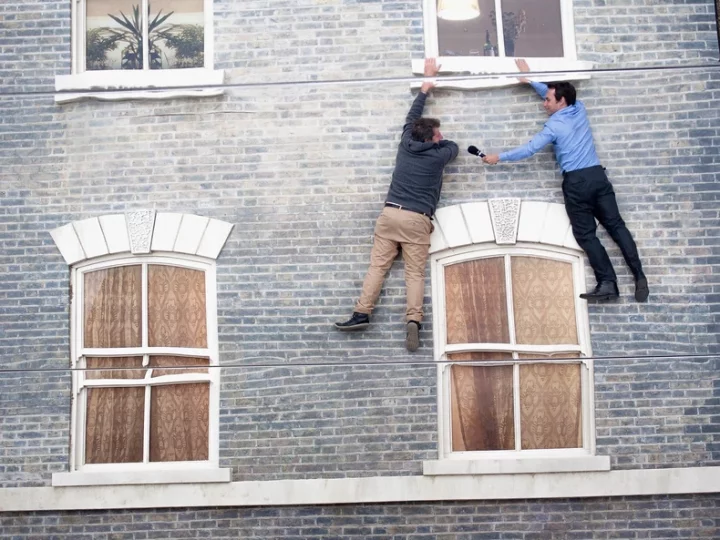
These people aren't dangling precariously from a window. There's a simple explanation for all of this.
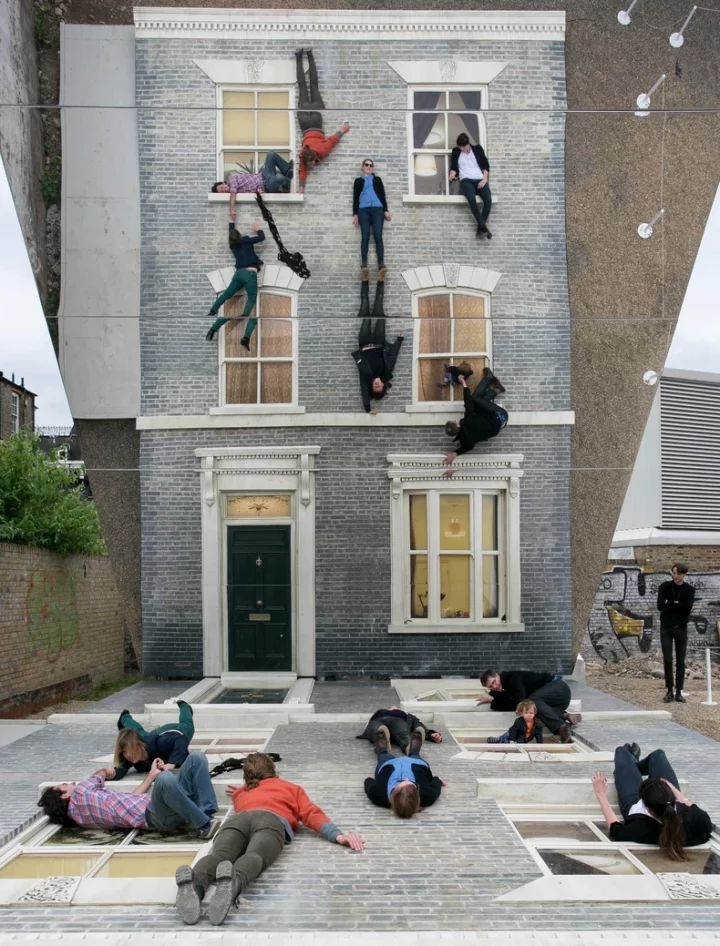
They were actually lying on the ground, and the "building" was a giant mirror.First built in 2004 for the annual "Nuit Blanche" art festival in Paris, France, "Btiment" is a temporary installation created by Argentinian artist Leandro Erlich, PaperCity Magazine reported in 2022.The illusion is created by a giant mirror positioned at a 45-degree angle over a house facade on the ground. The mirrored effect looks like a three-dimensional house in photos, so participants can pretend like they're dangling from windows, scaling the side of the building, and more by lying on the ground.
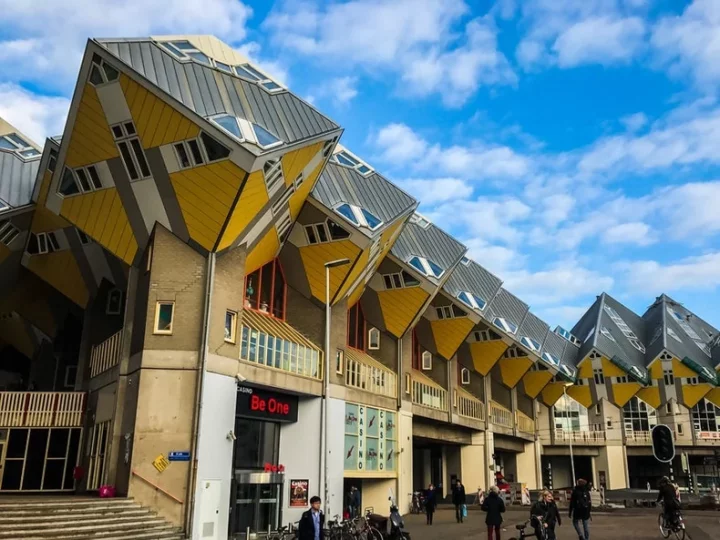
These yellow cubes perched atop these buildings are actually houses.These cube houses can be found in the cities of Rotterdam and Helmond in the Netherlands.Designed by architect Piet Blom, these homes were inspired by the concept of "living as an urban roof," a model of community living that optimizes the limited space available in densely populated, urban cities, Inclover Magazine reported.
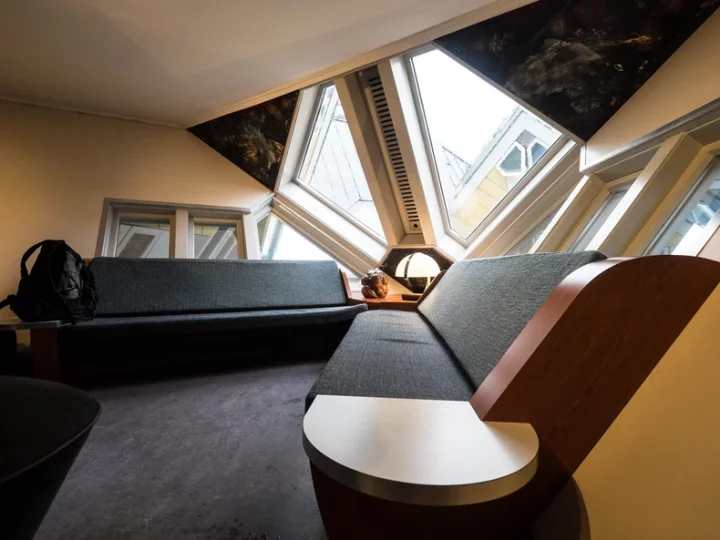
Here's a look inside one of the cube houses.From the outside, it may be difficult to picture normal rooms inside these cube houses, but the illusion disappears once you're inside. While the walls of the home are angled, the floor is perfectly flat. If you're especially intrigued, you can even book a stay at one of these cube homes on Airbnb.

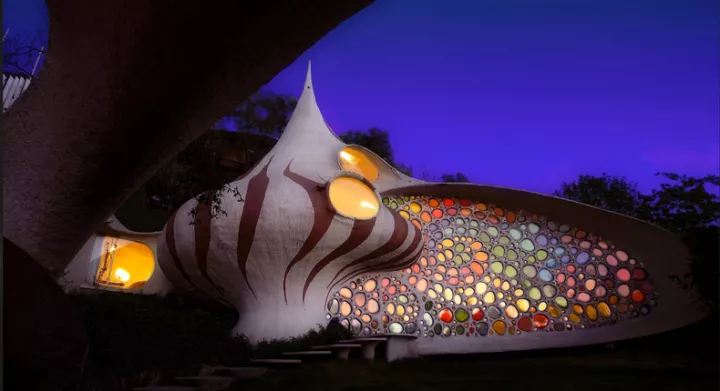
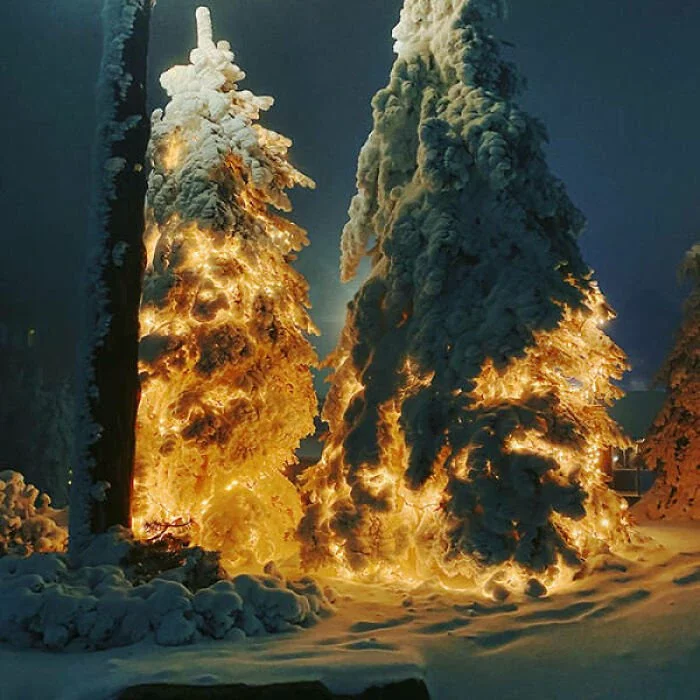








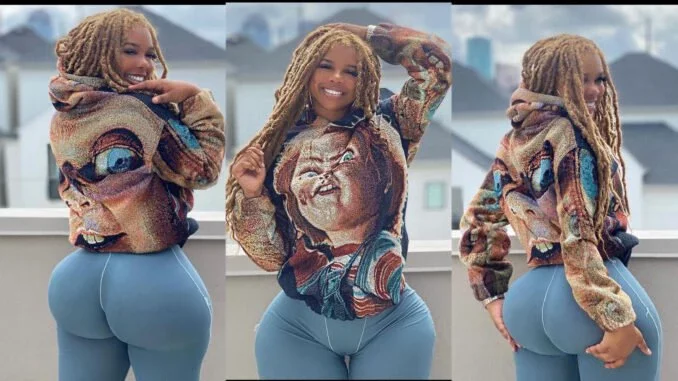





Comments